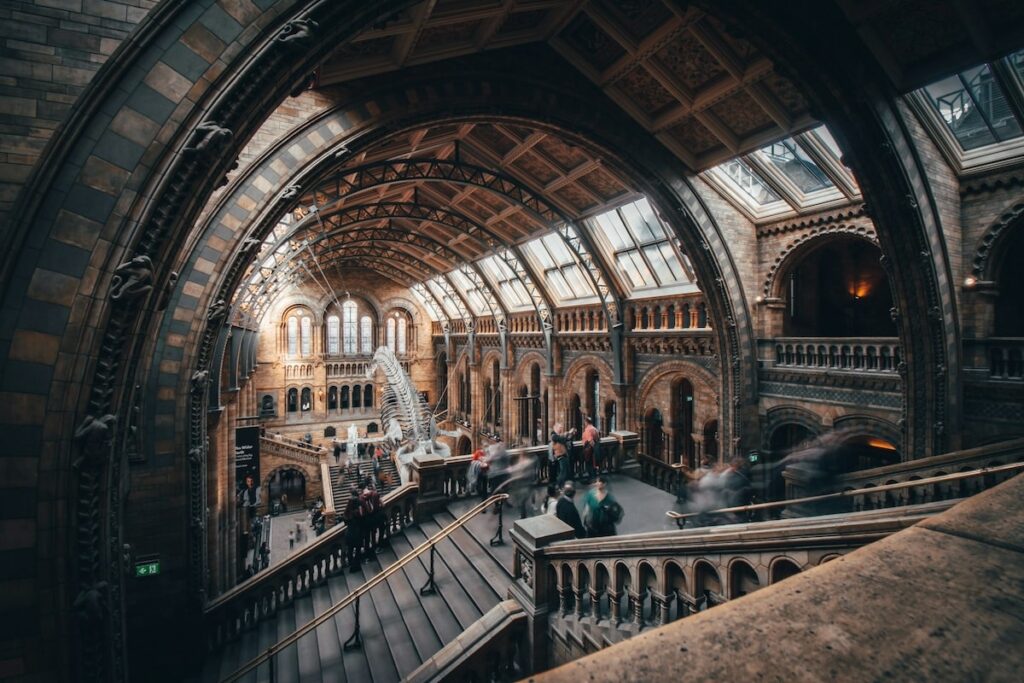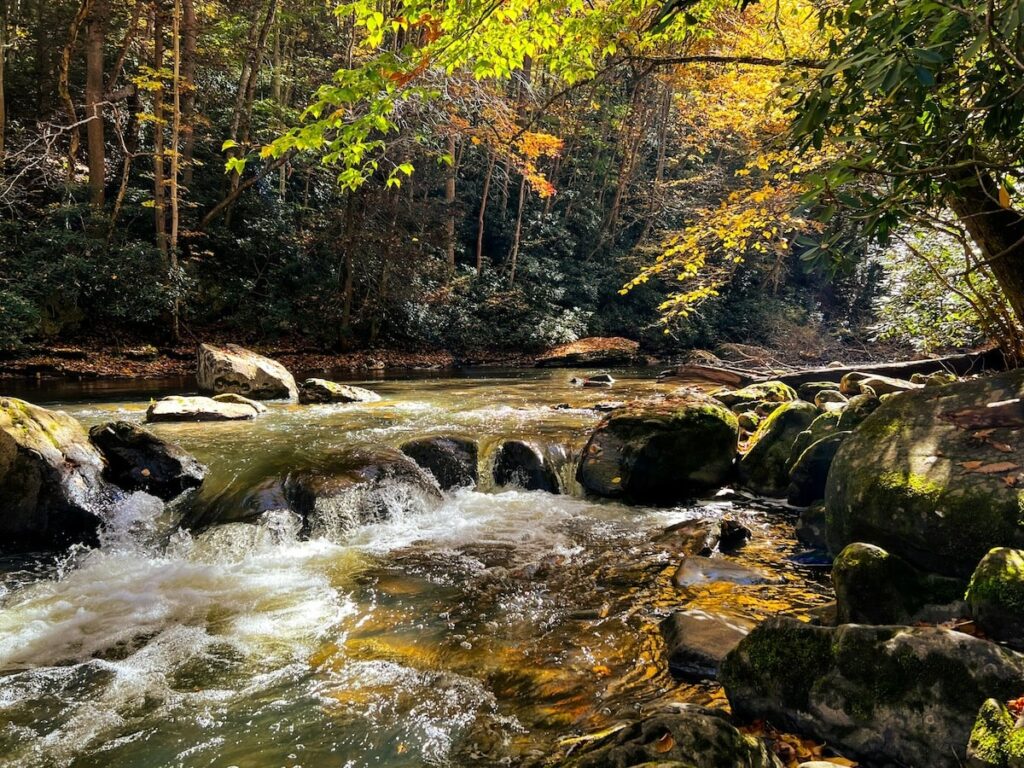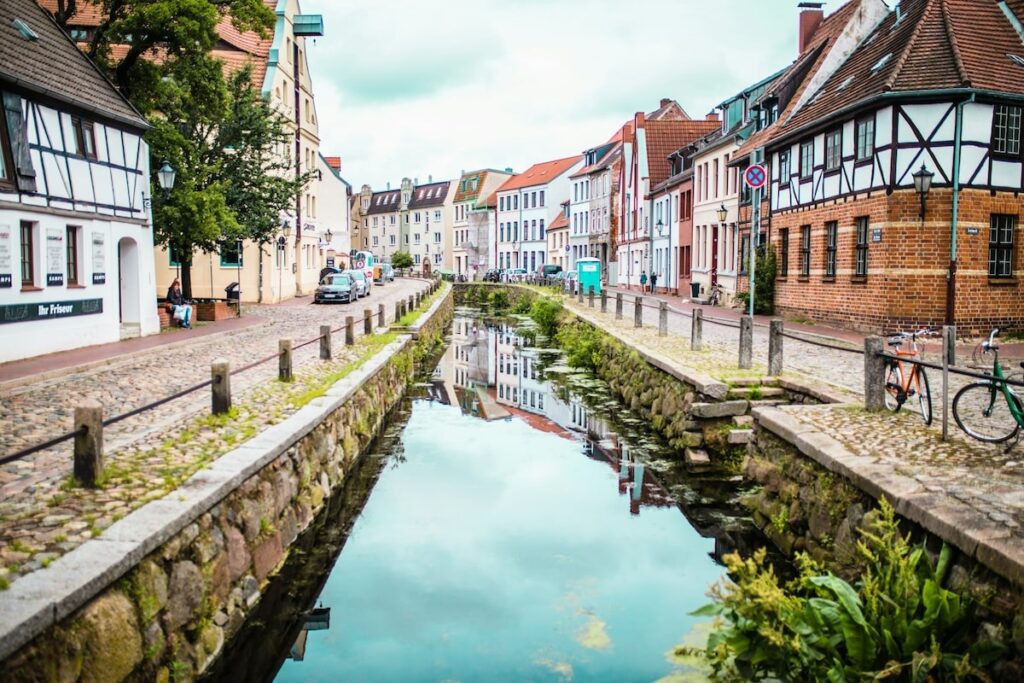
In today’s fast-paced world, where we are constantly bombarded with information and demands, finding a place to unwind and rejuvenate is more important than ever. The concept of “restorative spaces” addresses this need, providing a haven for mental recovery and relaxation.
So far, we have mostly associated these restorative spaces with natural environments. Spending time in forests, lakes, meadows, and hills is a favorite restorative pastime for many.
Research has often compared the effects of natural environments to typically harsh urban spaces. This may give us an idea of the overall effect of today’s cities, but it doesn’t show the potential of what restorative cities could be if designed well.
So far, we have mostly associated these restorative spaces with natural environments.
However, emerging evidence suggests that even the built environment can be restorative if certain criteria are met. For example, historic city centers, museums, or galleries can also serve as a respite from busy and noisy urban life.
A research paper by Straga, Miani, Mantyla, de Bruin, Mottica, and Del Missier shows that certain types of built environments can even be perceived as more restorative than some natural environments.
In the study, they prepared a series of images of different environments, which they divided into five categories:
- Hospitable natural environments, such as forests, seashores, mountains, and lawns.
- Harsh natural environments, which include places like deserts, icy landscapes, caves, and volcanoes.
- Hospitable built environments, which include places such as libraries, museums, parks, historic areas, residential interiors, and townhouse exteriors.
- Functional built environments, such as downtown, commercial, and airport interiors.
- Harsh built environments, such as industrial areas, roads and residential areas with condominiums.
What is Attention Restoration Theory (ART)?
Researchers then asked participants to rate these environments on several dimensions. The most popular dimensions for rating restorative environments are based on the Attention Restoration Theory (ART).
Attention Restoration Theory was developed by environmental psychologists Rachel and Stephen Kaplan at the University of Michigan. It states that people can focus better after spending time in nature.

According to the theory, nature has this effect because it provides our senses with “soft fascination” – stimuli that our minds can focus on effortlessly, thus shifting to a state of effortless or undirected attention.
Softly fascinating stimuli are, for example:
- Leaves rustling in the wind
- Clouds moving across the sky
- Water bubbling in a stream or rippling across a pond
- Scenes of beauty and tranquility
And it is this mode of effortless attention that can help us replenish our capacity, like recharging a battery that powers our focused attention. We can then use it at work and in other activities that require focus and thinking.
Attention Restoration Theory also presents four more general characteristics that describe restorative environments:
- Fascination: Eliciting feelings of awe and support effortless attention
- Being away: Creating a feeling of being distant from the everyday life and its demands
- Extension: Providing feeling of ease of exploration and high level of immersion
- Compatibility: Being aligned with the preferences and being a source of one’s enjoyment
The researchers in the study asked people to rate the environments they were presented with on these dimensions, while also asking them to rate how well they would support their ability to reflect and how restorative they would feel in them overall.
What did the researchers find?
The more hospitable areas were found to be more mentally refreshing than the other environments, but at the same time, participants rated the hospitable built environments as more restorative than the harsh natural environments. The overall ranking was:
- Hospitable natural environments
- Hospitable built environments
- Harsh natural environments
- Functional built environments
- Harsh built environments
What the researchers also found was that a place is perceived as more restorative if it provides an opportunity for reflection (e.g., on unresolved problems or issues important to the thinker) and if people feel safe in it.
What does it mean for architecture?

Many people today are mentally exhausted after long periods of knowledge work and other cognitively demanding activities. The team’s work, with its readily applicable findings, makes it clear that designers have many options they can pursue to help refresh tired brains and improve users’ quality of life.
The research indicates that both natural settings and thoughtfully designed urban spaces can offer mental restoration. For those with restricted access to nature, welcoming urban areas such as libraries or museums can serve as a psychological oasis within the city.
The key takeaway from this study is the importance of creating environments, whether in nature or urban settings, that foster reflective thinking. Effective places for reflection should be perceived as secure, provide a sense of escape from everyday life, and allow for effortless attention.
Subscribe to Venetian Letter
You will receive our regular newsletter with blog posts, interviews, books and events on human-focused architecture and urban design.

Sally Augustin, PhD, a Fellow of the American Psychological Association, is the editor of Research Design Connections, which reports and synthesizes (in everyday language) the findings of recent and classic research in neuroscience, cognitive science, and the social sciences that are useful to designers.
Dr. Augustin is also a practicing environmental psychologist, a principal at a consultancy Design With Science, and a founder of The Space Doctors. Her work has been discussed in publications such as The New York Times and The Wall Street Journal and she holds leadership positions in professional organizations such as the Transdisciplinary Workplace Research Network and the Environmental Design Research Association
References
Marta Straga, Clara Miani, Timo Mantyla, Wandi de Bruin, Mattia Mottica, and Fabio Del Missier. 2023. “Into the Wild or Into the Library? Perceived Restorativeness of Natural and Built Environments.” Journal of Environmental Psychology, vol. 91, 102131, https://doi.org/10.1016/j.jenvp.2023.102131